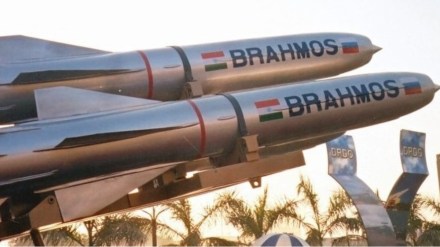In a major admission, retired Pakistan Air Force (PAF) Air Marshal Masood Akhtar has confirmed that India destroyed a PAF surveillance aircraft during its recent precision strikes under Operation Sindoor. Akhtar revealed that one of India’s BrahMos missiles directly hit a hangar at Bholari airbase, resulting in the destruction of an AWACS (Airborne Warning and Control System) plane.
Listen to Former Pak Air Marshal Masood Akhtar confirming that the AWACS was there in hanger in Pak Bholari Air Base when Brahmos missiles hit and also led to the death of several PAF pilots and personnel. #IndiaPakistanWar #awacs #Bholari pic.twitter.com/EugVZwHGiM
— Bawali Baba (Arnav Vyas) (@BaawaliBaba) May 14, 2025
“India fired four BrahMos missiles at Bholari airbase… one of which directly hit one of our hangars where an AWACS plane was parked,” said Akhtar in a statement that marks the first official acknowledgment from the Pakistani side about the loss.
Following the Indian Air Force’s (IAF) coordinated operation, Wing Commander Vyomika Singh addressed the media at the National Media Centre in New Delhi. While she confirmed the use of high-precision, niche-technology weapons, she did not disclose the exact nature of the arsenal deployed.
However, multiple media reports suggested that India used French-origin SCALP missiles and Hammer precision-guided munitions alongside the indigenously deployed BrahMos. Supporting this, military journalist and former HAL spokesperson Anantha Krishnan released a video reportedly showing the nose cap of a BrahMos missile from the site of the strike.
The Government of India stated that the strikes were a retaliation to an attempted Pakistani attack on Indian defence installations. In its response, the Indian Armed Forces also neutralised a Pakistani air defence system in Lahore. Additionally, a second Pakistani offensive was thwarted along the western border during the intervening night of May 8 and 9.
The operation marks one of the most significant escalations between the two neighbours in recent years, with strategic implications for regional security.
